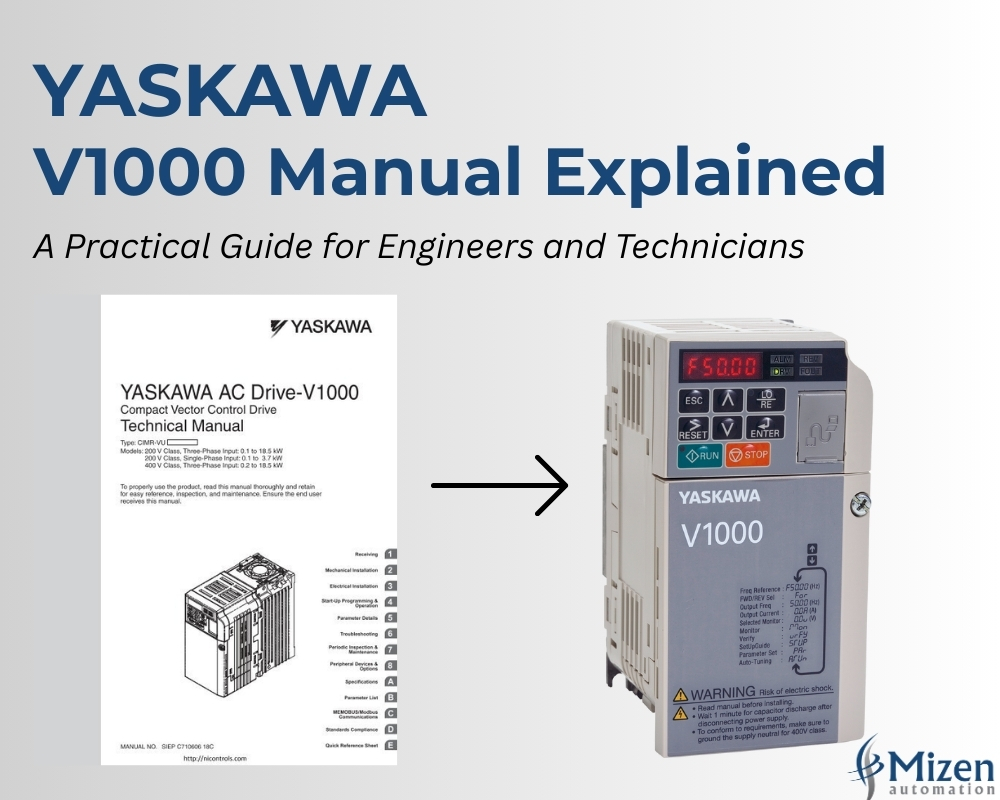No items

What is SCADA? A Simple Guide to Supervisory Control and Data Acquisition
Ever wondered how water treatment plants keep their operations running 24/7? Or how one operator can monitor hundreds of pumps

The world of industrial automation has transformed rapidly over the past decade.
From manual systems to fully connected smart factories, the evolution of industrial automation has reshaped how manufacturers operate. It has boosted efficiency, reduced errors, and enabled remote control like never before.
In this article, we explore five major shifts that have defined the last 10 years of industrial automation, and what they mean for businesses today.
This change is largely driven by the Industrial Internet of Things (IIoT), which links devices, sensors, PLCs, and cloud platforms into a single, data-driven network.
For example, a smart factory can now use sensors to detect when a motor is about to fail, and alert the maintenance team before it breaks.
If your system still runs on legacy automation without real-time connectivity, you may be missing out on serious efficiency gains.
Ten years ago, most industrial data was stored on-site or inside individual control systems. Now, that data lives in the cloud.
This shift to cloud-based industrial automation has opened up powerful new capabilities:
Security concerns once held many businesses back, but today’s encrypted and secure cloud systems have addressed these risks.
Cloud-based automation is now the standard, not the exception.
Traditionally, industrial systems relied heavily on physical wiring and fixed-function hardware. Today, much of that functionality has moved to software.
This evolution of industrial automation means that:
Open-source programming environments and cross-platform tools (like Codesys) have made it easier for engineers to design flexible control systems that can grow with business needs.
Software-defined automation lets companies adapt quickly to new product lines or market demands without huge infrastructure costs.
The last few years have seen a surge in AI tools across many sectors and automation is no exception.
Artificial intelligence is now being used to:
While AI is still emerging in many plants, early adopters are already seeing measurable gains in performance and productivity.
Machine learning is driving smarter automation. It’s not just faster or more precise, but also more adaptive. For example, AI can learn the optimal settings for a packaging line based on output targets, temperature, and material flow.
As industries face increasing pressure to lower their carbon footprint, sustainability is no longer a side issue but a core part of industrial strategy.
This shift has driven:
Mizen Automation, for instance, helps businesses source high-quality, refurbished components to extend the life of older systems. This approach keeps parts out of landfills and lowers replacement costs.
Sustainability in automation isn’t just about energy. It’s about smarter use of resources, reducing e-waste, and designing systems with longevity in mind.
In New Zealand, many manufacturers are catching up with these global shifts. While some still run legacy systems, others are already moving toward smart, connected, cloud-driven factories.
Upgrading doesn’t mean starting from scratch.
Many modern PLCs and HMIs are backward-compatible or can be integrated with existing setups.
At Mizen Automation, we help clients make the transition—step by step—by:
Contact our sales team today to talk about how we can support your plant’s next step forward.
The evolution of industrial automation in the past decade has been fast and transformative.
To recap, the 5 biggest shifts include:
Adapting to these trends is not just about staying modern. It’s about staying competitive.
For a deeper look at global automation trends, check out the International Society of Automation’s industry news hub.

Ever wondered how water treatment plants keep their operations running 24/7? Or how one operator can monitor hundreds of pumps

The Yaskawa V1000 is one of the most commonly used compact AC drives in the world. It is known for

If you have any questions get in contact with us via our enquiry form or call us on +64 (0) 3 964 0692.
"*" indicates required fields